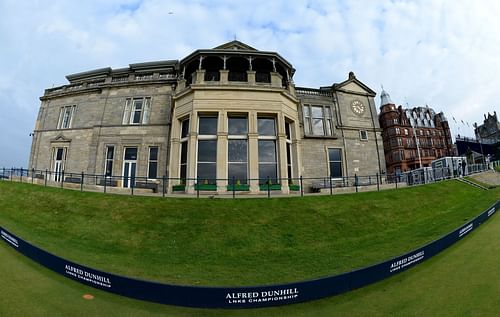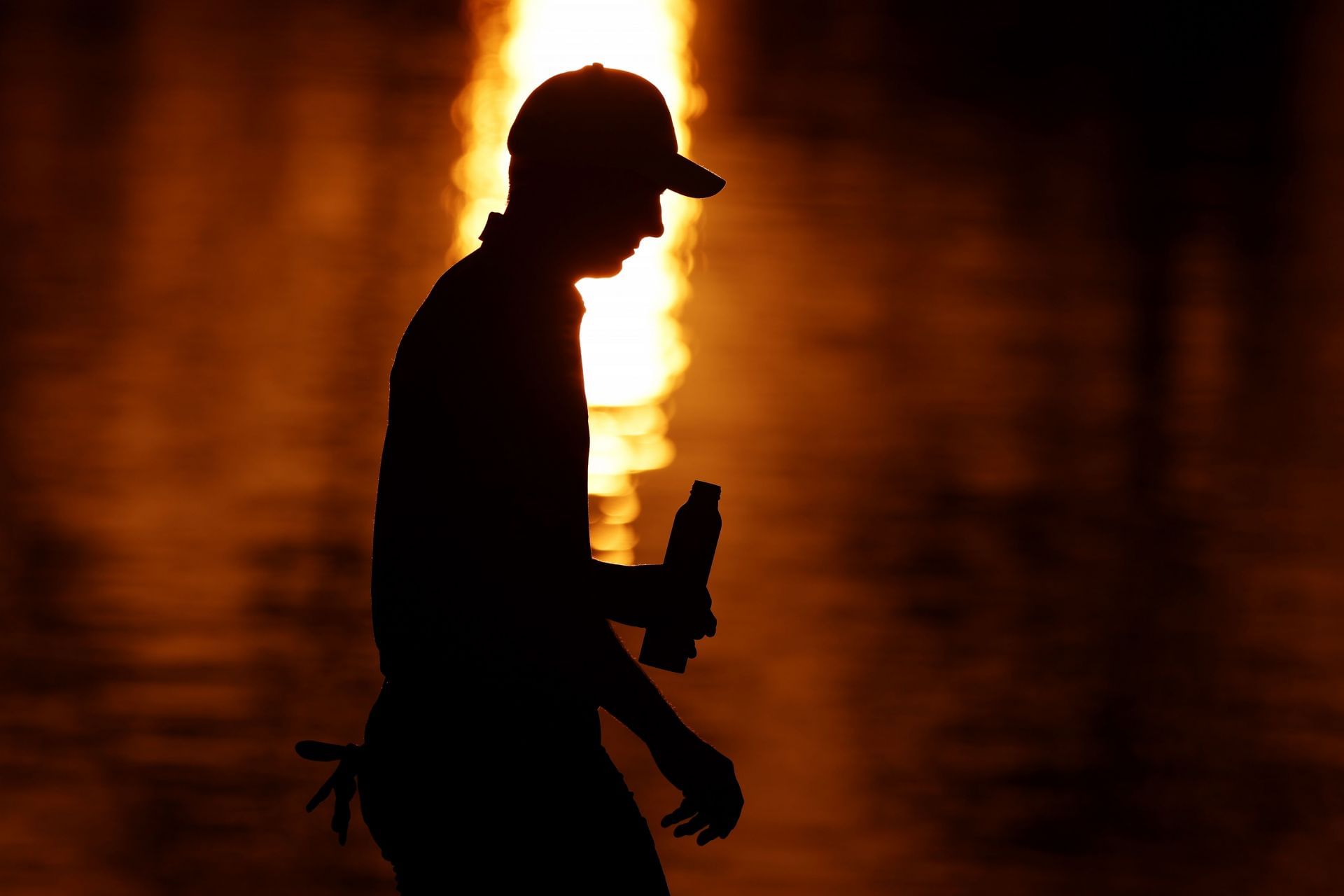
Why do golf courses have 18 holes?
Golf is a sport everyone must have heard of at some point in their lives, but if you're not the average middle-aged American living in the suburbs, chances are you aren't fully aware of how the game is played.
The sport entails hitting the ball using a club by swinging off the teeing ground and ensuring that it makes it into a series of holes on the course with as minimal a number of strokes as possible.
Originating in 15th century Scotland, the wonted 18 holes played in professional golfing tournaments came about two centuries later in 1764 at the Old Course in St. Andrews.
A 17th-century golfing custom-made standard in the 19th century is still followed in 2023

The golfers at St. Andrews played 10 holes with 8 of them being played twice, hence marking the beginning of the game using 18 holes. In 1858, the practice of using 18 holes was standardized by the Royal & Ancient Golf Club, which is known to have an imperative influence on the sport and has shaped its professional structure over the centuries.
The then members of the Royal & Ancient Golf Club respected members in various other organizations dedicated to the sport, and in the next 25 years, 18 other courses made use of 18 holes as well. Over time, other golfing clubs and organizations also ended up adopting this routine.
Time taken for an 18-hole round

A 'slow day' in a tournament is when a group of pro golfers take longer than 4 and a half hours to complete a course. Completing a 18-holed course would take 4.5 hours on average, hence making 'slow day' a recurring phenomenon.
Busy Courses

Four and a half hours is certainly a long time to finish a 18-hole round and players will naturally be subjected to course traffic that cannot be avoided. Adjustments must be made to make sure there aren't any clashes in the tee times of different players.
Players may have to wait for their turn on a busy course and this might increase the time needed to complete a single hole per player, thus increasing their overall time to result in a 'slow day'.
Intervals

Most clubs schedule groups with 8-12 minute intervals. The game can be enjoyed better when groups are spaced out at 10-12 minute intervals. Most golfers are requested to schedule their tee times several days before the tournament.
Choosing the day

Weekends are usually the busiest of all the days for courses since most players prefer to play on weekends. Consequently, there is more traffic on weekends. Hence, fixing the tee time on a weekday would shorten the overall time needed to finish a 18-hole course.
Choosing the time of day

Despite the day of the week, any course post early afternoon is guaranteed to be less crowded than the mornings or till noon and a little after that. Manipulating one's tee time into late afternoons can also be disadvantageous owing to the fact that the player would have to deal with darkness hailing from dusk.
Size of group

The smaller the group, the lesser the overall time utilized by the players in it. Usually, golfers come in a foursome, but a threesome or a couple would drastically reduce the time taken to finish the course.
Carts

Carts are a practical option as they lessen the time it takes to travel from one hole to another, thus reducing the time for the group to finish the course. However, the opposite occurs when playing on only-cart paths, where the player would need to walk a great distance from and to the cart between plays.